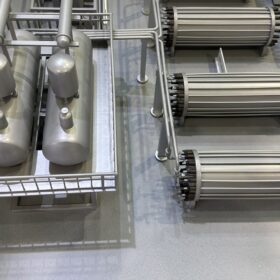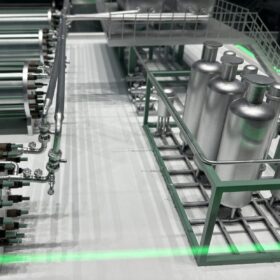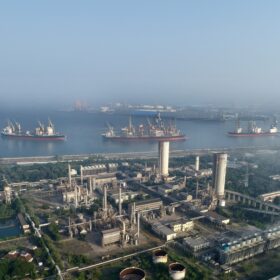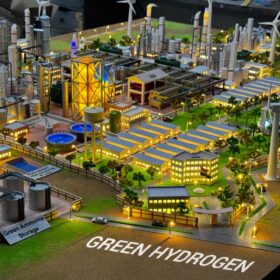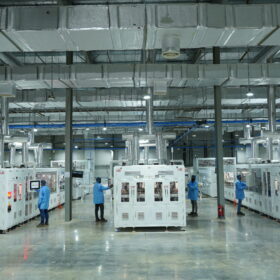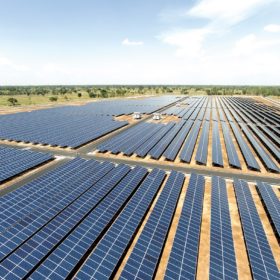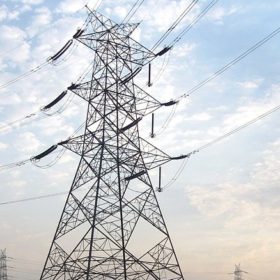Union Budget 2025: Expectations of India’s solar industry
With the Union Budget 2025-26 approaching, the solar industry anticipates key policy and financial measures to sustain this momentum. The budget is expected to increase funding for green technologies, including solar, wind, and green hydrogen.
How Gujarat is balancing industrial and environmental goals
Gujarat’s commitment to balancing industrial growth with environmental sustainability is a model for other states to follow. By harnessing solar energy, advancing green hydrogen production, and promoting energy storage technologies, the state is building a robust framework for a sustainable future.
The Hydrogen Stream: Advait Energy Transitions signs green hydrogen offtake MoU with Haryana City Gas Distribution
Advait Energy Transitions will set up a 2,000 mtpa green hydrogen plant on a turnkey basis and provide operation and maintenance (O&M) services for the plant for one year from commissioning.
Union Budget 2025-26: What India’s green industry expects from the upcoming budget
The 2025-26 Union Budget has the potential to be a defining moment in India’s journey toward a net-zero economy. By addressing key areas such as renewable energy, green hydrogen, sustainable mobility, and community-level projects, the government can create a robust framework for decarbonization.
The Hydrogen Stream: SECI awards LoAs for electrolyser production-linked incentives
Solar Energy Corp. of India Ltd (SECI) has issued Letters of Award for incentives to set up electrolyzer manufacturing capacities under tranche II of the Strategic Interventions for Green Hydrogen Transition (SIGHT) Scheme.
Solar discovery could transform hydrogen production
An international study led by Flinders University in Australia has advanced nanoscale chemistry to further develop sustainable and efficient generation of hydrogen from water using solar power.
AM Green, DP World partner on building logistics, storage infrastructure for green molecules
AM Green has partnered with DP World to jointly develop logistics and storage infrastructure to facilitate the global export of 1 million tonnes per annum (mtpa) of green ammonia and 1 mtpa of green methanol from its plants in India.
PM Modi virtually lays foundation stone for green hydrogen hub project in Andhra Pradesh
The green hydrogen hub is being jointly developed by NTPC Green Energy Ltd, the renewable arm of NTPC, and New & Renewable Energy Development Corp. of Andhra Pradesh (NREDCAP), the state nodal agency for implementation of renewable programme in Andhra Pradesh.
PM Modi to lay foundation stone of NTPC Green Energy’s green hydrogen hub project in Andhra Pradesh
The project will be one of India’s largest integrated green hydrogen production facilities with a capacity to produce 1,500 tpd green hydrogen and 7,500 tpd green hydrogen derivatives (including green methanol, green urea and sustainable aviation fuel).
India’s green transition: Key workforce trends in renewable energy
The demand for renewable energy project managers, battery storage specialists, and wind energy technicians is set to grow significantly in 2025. Additionally, positions in solar plant operations, maintenance, and technical roles will remain highly sought after.


